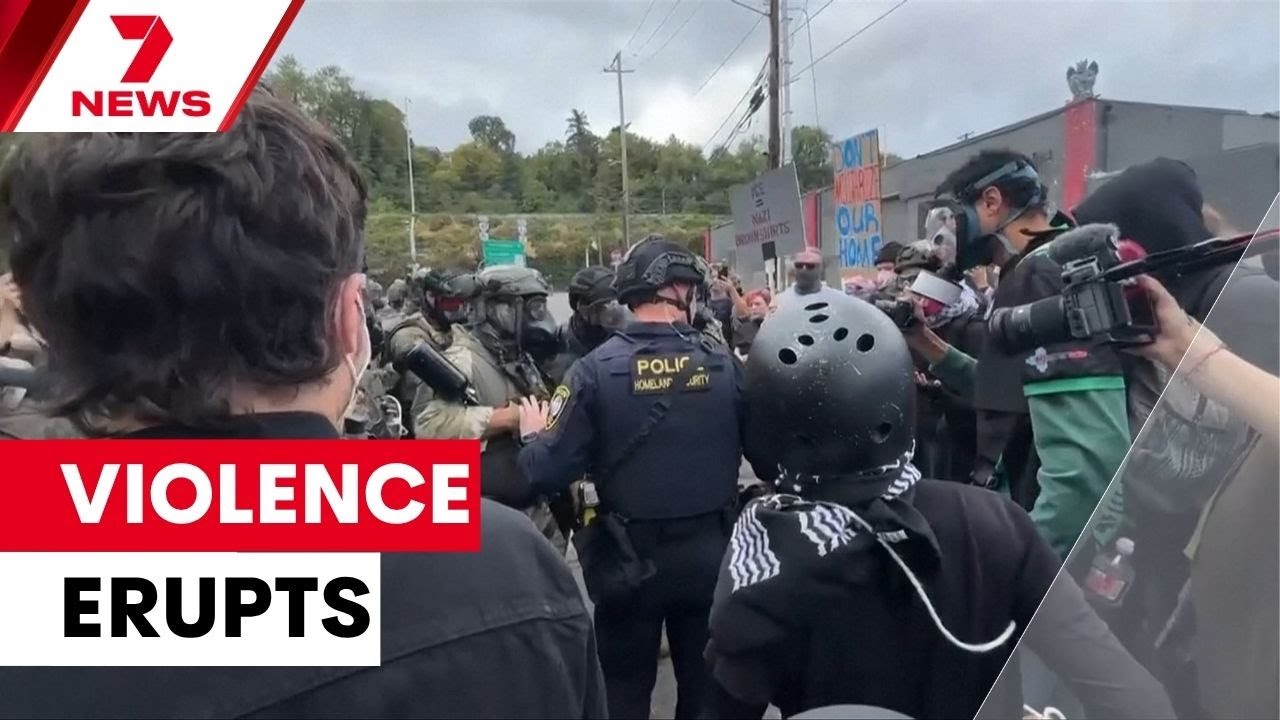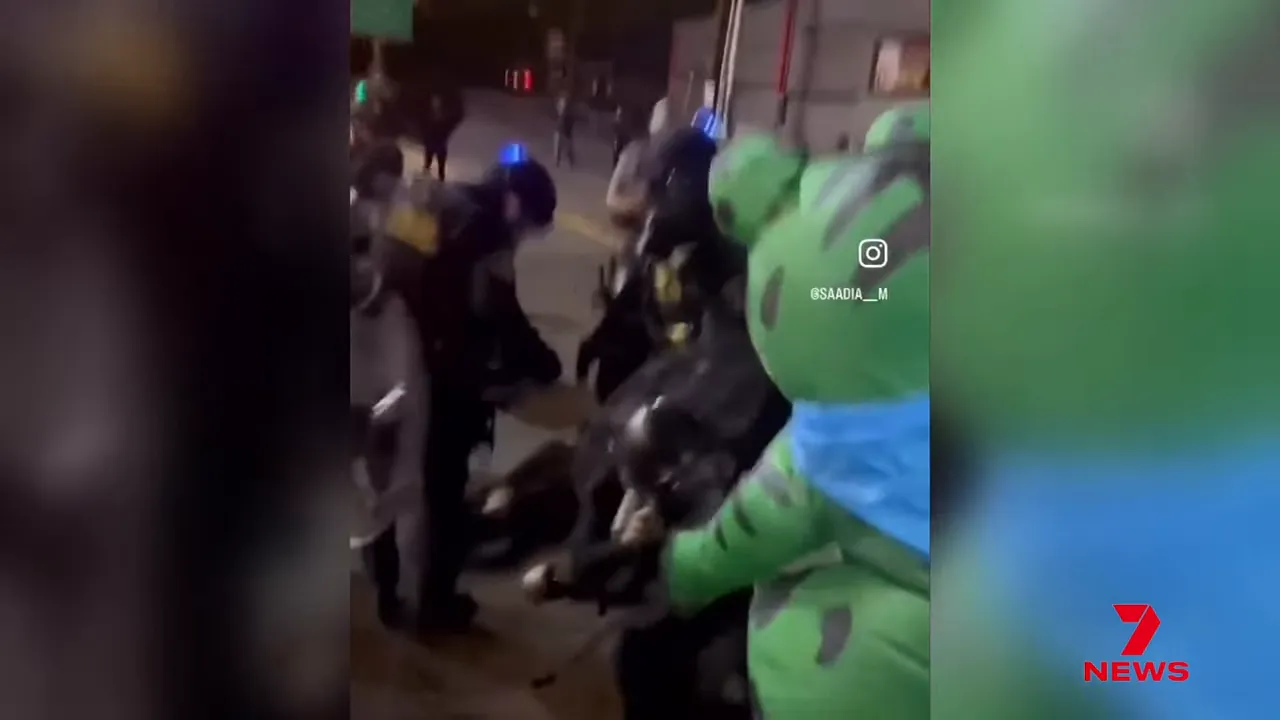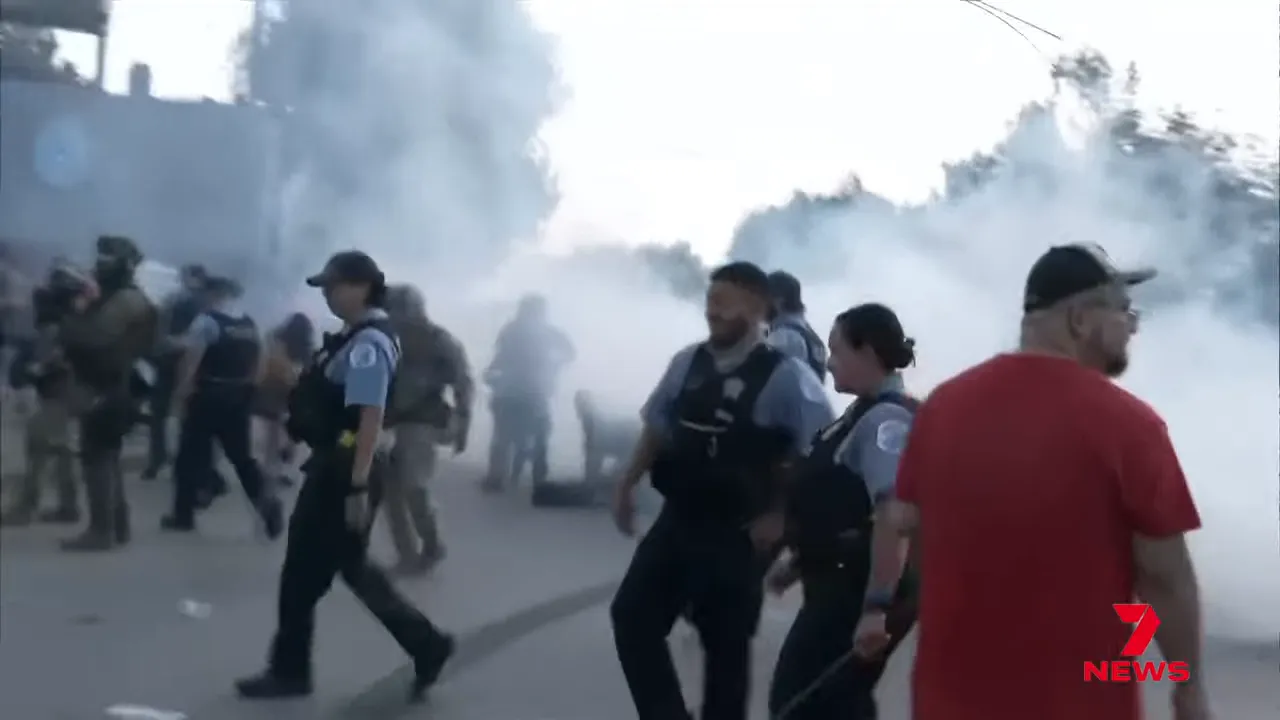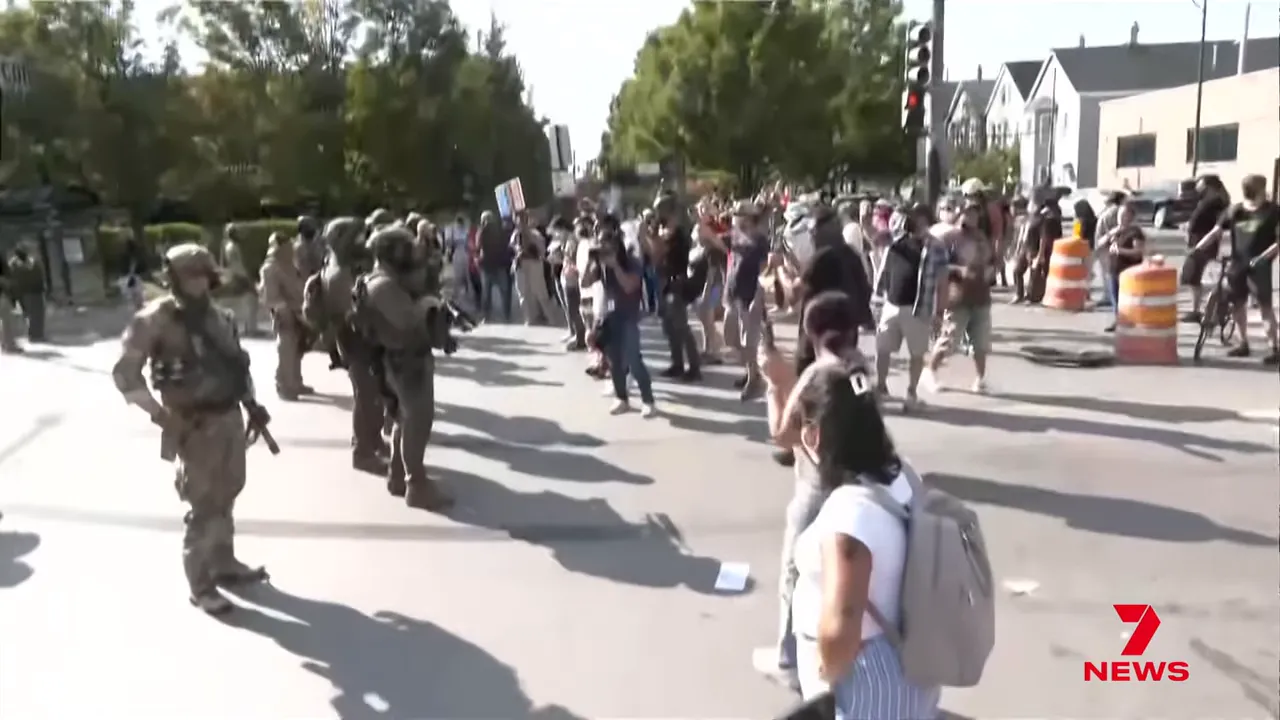Violence flares in America

Table of Contents
Protests in Portland and Chicago turn confrontational as federal agents move in
Violence flares in America as demonstrations outside immigration facilities in Portland and street protests in Chicago escalated into clashes between protesters and federal agents. Smoke, sirens and scenes of people being pepper‑sprayed and hit with crowd‑control rounds were captured in recent footage shared by news outlets.
Federal immigration officers and local demonstrators confronted each other, with both sides trading accusations about who provoked the violence. The incidents have prompted national debate over the use of force and whether federal intervention calms or inflames tensions.
What happened
In Portland, a demonstration outside a federal immigration facility rapidly spiralled out of control. Video shows agents responding with pepper spray, and some protesters suffering the effects. One widely shared clip shows an agent aiming pepper spray at a protester wearing a frog costume, targeting the small air hole in their outfit and restricting their breathing.

In Chicago, crowds were reportedly met with rubber bullets and tear gas during separate clashes. Witnesses described officers driving people out of neighbourhoods and using tear gas near residential windows, heightening fears for public safety.

Who is involved and where this is happening
The confrontations involve federal immigration agents, local law enforcement, and protesters in two Democrat‑led cities: Portland, Oregon, and Chicago, Illinois. The incidents unfolded in public spaces outside immigration facilities and on city streets over recent demonstrations reported by media outlets.
Local residents, demonstrators and federal officials all feature in the footage and statements emerging from both cities. Community members have expressed alarm at the tactics used, while some federal voices framed the actions as efforts to restore order.
Political response and federal action
President Donald Trump announced plans to deploy hundreds of National Guard troops to Chicago, saying the measure was necessary to restore safety. According to the report, a similar move to send federal forces to Portland was blocked by a judge appointed by the president.
"This is not peaceful protesting. This is left‑wing anarchy that has been destroying this great American city for years."
That comment, made during a broadcast segment, reflects one side of the political messaging surrounding the clashes. Protesters and some local officials counter that the Trump administration's actions escalate tensions rather than reduce violence.

Claims from protesters and locals
Protesters say federal intervention and aggressive tactics have provoked confrontations that might otherwise not have occurred. Local voices in Portland argue there was no widespread rebellion before the arrival of federal agents, and that the presence of outside forces has made the situation worse.
Community leaders and residents have called for de‑escalation and for independent reviews of any use of force against demonstrators exercising their right to protest.
Legal and safety considerations
Court rulings can affect how and where federal forces are deployed. In Portland, the report notes a judicial block on an attempted federal action, highlighting the role of the judiciary in weighing claims of overreach. Questions remain about proper oversight, rules of engagement, and the rights of protesters.
Public safety concerns include the use of crowd‑control agents in dense urban areas, potential risks to bystanders, and the impact on nearby homes and businesses when measures such as tear gas are used.
Why this matters
These clashes feed into a broader national debate about protest, policing and federal authority. How authorities respond to demonstrations can shape public trust, influence civic participation and determine whether tensions escalate or are diffused.
Media coverage and social media clips amplify events rapidly, meaning perceptions can solidify before full facts are established. Independent investigations and clear communication from authorities are important to restore confidence and determine accountability.
FAQs
- What sparked the clashes? Demonstrations outside an immigration facility in Portland and street protests in Chicago led to confrontations when federal agents and police used crowd‑control measures, according to video and reports.
- Who ordered federal forces to Chicago? The report states President Donald Trump ordered hundreds of National Guard troops into Chicago; officials said the deployment aimed to restore order.
- Was a similar deployment blocked in Portland? Yes. The coverage notes a judge, appointed by the president, blocked a comparable federal move in Portland.
- Are protesters saying they started the violence? Protesters and some local residents contend federal actions escalated tensions, and they dispute claims of widespread anarchy.
- Where can I see the original footage? The clips summarised here were reported by 7NEWS Australia; the original video is referenced in this article and can be viewed via the news outlet's coverage.
Conclusion
The clashes in Portland and Chicago illustrate the volatile mix of protest, policing and politics in the United States today. As authorities and communities dispute the facts and motives, independent scrutiny and transparent dialogue will be key to preventing further violence and protecting civil liberties.
For full coverage and video footage referenced in this article, see the report from 7NEWS Australia.
The information in this article has been adapted from mainstream news sources and video reports published on official channels. Watch the full video here Violence flares in America as protestors clash with immigration agents | 7NEWS


